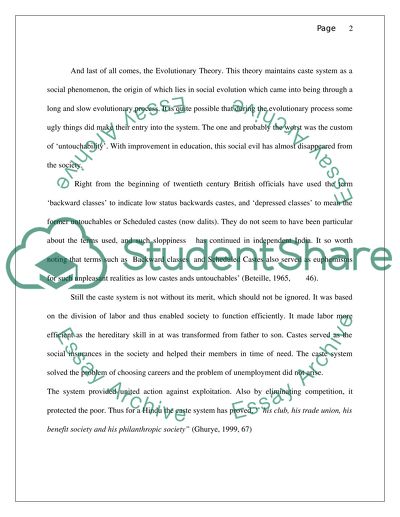Cite this document
(“Explain the significance of purity and pollution in the caste system Essay”, n.d.)
Retrieved from https://studentshare.org/miscellaneous/1518837-explain-the-significance-of-purity-and-pollution-in-the-caste-system
Retrieved from https://studentshare.org/miscellaneous/1518837-explain-the-significance-of-purity-and-pollution-in-the-caste-system
(Explain the Significance of Purity and Pollution in the Caste System Essay)
https://studentshare.org/miscellaneous/1518837-explain-the-significance-of-purity-and-pollution-in-the-caste-system.
https://studentshare.org/miscellaneous/1518837-explain-the-significance-of-purity-and-pollution-in-the-caste-system.
“Explain the Significance of Purity and Pollution in the Caste System Essay”, n.d. https://studentshare.org/miscellaneous/1518837-explain-the-significance-of-purity-and-pollution-in-the-caste-system.


